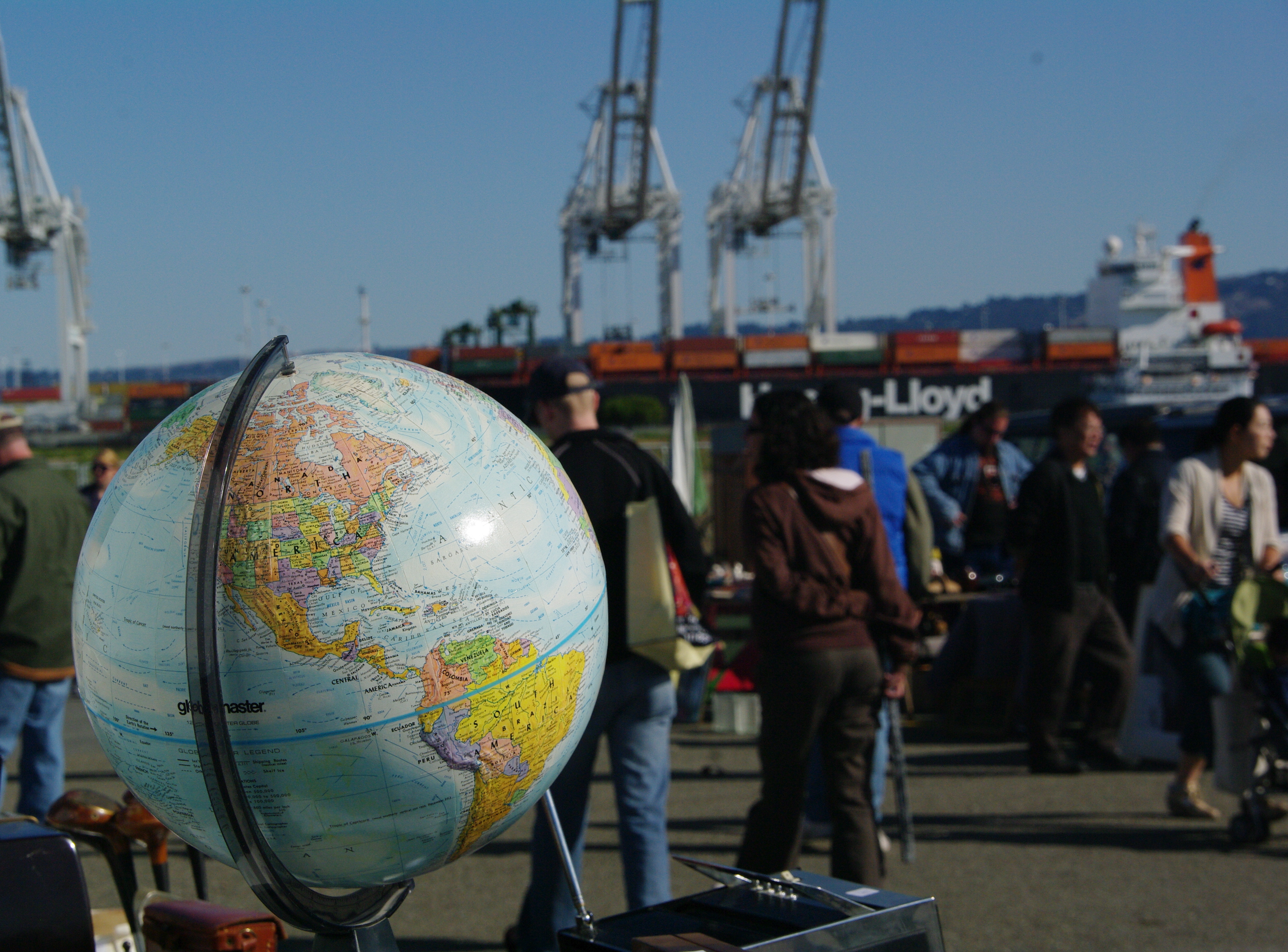Inside Supply Management Magazine
Tariffs Are Causing Manufacturers to Rethink the Value Chain

The tariffs turmoil is driving manufacturers to consider a total cost of ownership (TCO) approach to their supply chains while providing opportunities for improving capabilities.
Geoff Pollak and Tim Keneally, managing directors at global professional services firm Alvarez & Marsal, say the volatile tariffs activity is prompting industries — manufacturing in particular — to take a deeper look at (1) the total cost to produce a product or component, including such factors as raw materials, labor, assembly, inventory storage, freight and delivery, and (2) where it’s being produced.
“Moving at a turn of the page because of tariffs being on or off is damaging to the cost-basis of the business,” says Pollak, a managing director with the firm’s Performance Improvement group in Atlanta and a leader in its global supply chain practice. So, rather than reacting to each change, “a lot of companies are considering what they should be doing to improve production flexibility and what can give them the ability to withstand economic changes like tariffs that are occurring around the world,” he says.
Location, Location, Location
For some, that flexibility involves shifting production and assembly locations, among other measures, to avoid tariffs and be more strategic.
“One industry that tried to do this in the past — not just from a tariff standpoint, but from a location and geographical standpoint — is the clothing space,” Pollak says. “The garment industry is legendary for moving around the world to wherever the lowest cost is, based on the total cost to create a garment. Now, other industries are pursuing the same strategy and are making sure they look outside the pure product cost to manufacture to the total cost.”
Keneally, who is a managing director in the firm’s Private Equity Services operations group in Chicago, offers a hypothetical example of raw material used in a building product component: The manufacturer had been importing the raw material from China. Due to tariffs, he says, the raw material is now sent to a Mexican plant, where it undergoes value-added assembly. Because it has been transformed, it is now considered a manufactured product from Mexico — and tariffs have been avoided, he says.
“From a manufacturing, processing perspective, it’s cost-neutral,” Keneally explains. “You are dealing with understanding the various stages of the manufacturing process and the associated tariffs, from raw material to components and finished assembled product. You are buying completed, assembled components, which may carry a different tariff, depending on the product.”
Other Considerations
Of course, the industry and product can influence how a company reacts to tariffs, the course of action it takes and the effect on the business, Keneally and Pollak say. “If all of my production and that of my competitors comes from China, there are fewer opportunities for having a significant impact on the business,” Pollak says. “It’s when you see mixed models where one competitor has significant U.S. assets and you’re in China that you suddenly have large swings in both the success and the profitability of the business.”
The type of tariff also can influence how a manufacturer reacts. “If a tariff is short-term, there are different measures to take than if it’s a long-term tariff,” Pollak says. For example, if a tariff is short-term, but a company thinks the status may change, bringing in extra inventory will offer a limited competitive advantage, he says: “But the minute that becomes a long-term embedded tariff, that’s a temporary advantage you’ll lose based on how long that inventory lasts.”
Pollak adds that a long-term systemic tariff is different from a short-term trade war. In the latter, he says, “the two sides are trying to find resolutions to common issues or trying to create some short-term pain to force players to the table.”
A Move to Regionalization
Because a TCO approach gives manufacturers an understanding of costs at each step of the supply chain, a trend toward regionalization — sourcing close to where plants are located — is developing, Keneally says. Such a move enables companies to “reduce their susceptibility to disruption in the supply chain as well as geographic disasters, events and tariffs,” he says.
While tariffs might be the impetus causing some manufacturers to look at TCO, such an approach makes sense as companies seek strategic solutions to global issues, strive for competitive advantage and work to improve the process to get products to customers, Keneally and Pollak say.
Manufacturers are becoming much smarter about not just looking at the cost within their four walls but the cost to the extended value chain, they say.

